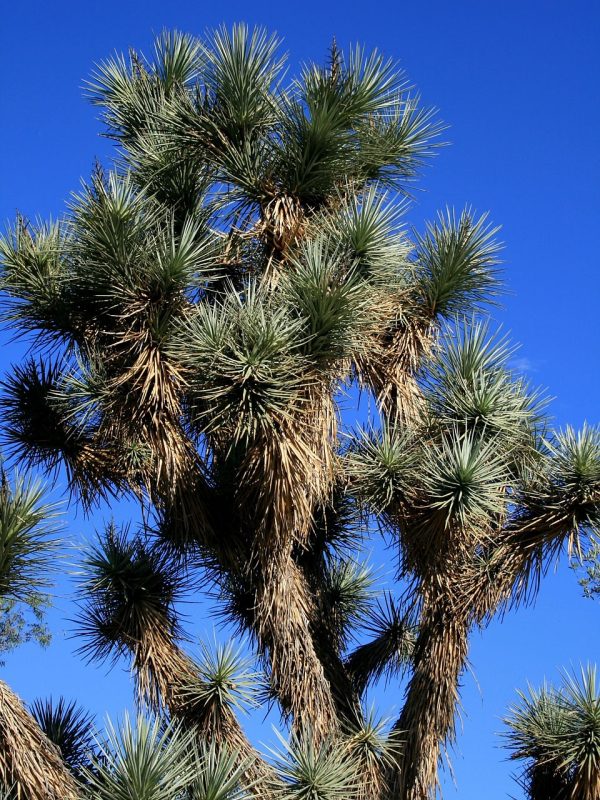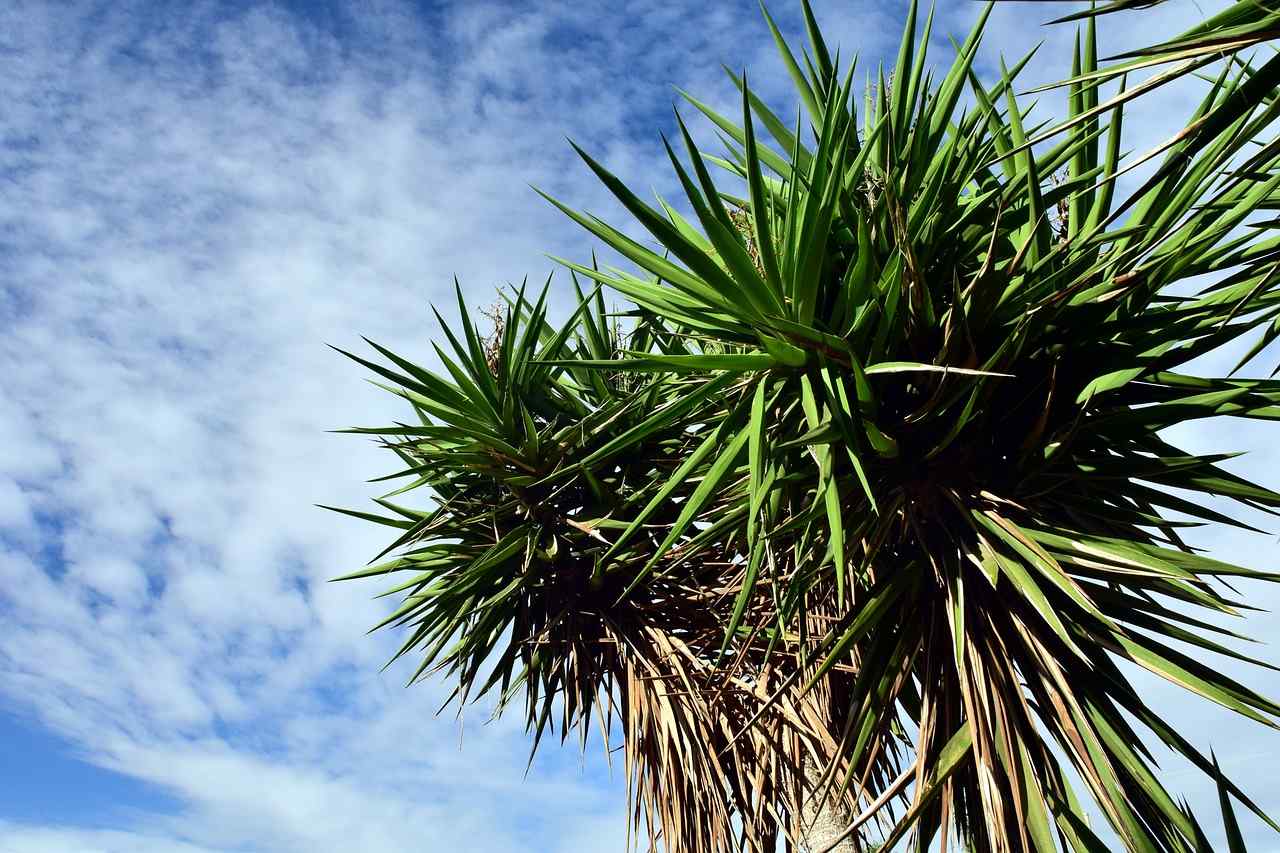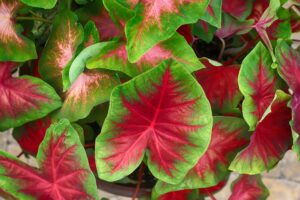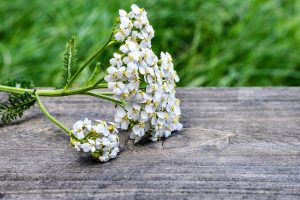In this guide, we’ll walk you through the steps of propagating your Yucca plant, ensuring that you can enjoy more of these beautiful specimens in your home or garden.
Understanding the Yucca Plant
Before jumping into propagation, it’s important to understand a little about the Yucca plant. Yucca belongs to the Asparagaceae family and is native to the warm, dry regions of the Americas. With sword-like leaves and tall flower spikes, they can add a touch of drama to your space. They thrive in bright light and prefer well-draining soil, making them suitable for both indoor and outdoor environments.
Methods of Propagating Yucca Plants
Yucca plants can be propagated primarily through two methods: Offsets (pups) and Cuttings. Below is a step-by-step guide for each method.
1. Propagating Yucca from Offsets (Pups)
Offsets are small plants that grow directly from the base of the parent plant. This is one of the simplest and most successful methods of propagation.
Steps:
Identify Offsets: Look for small pups that are about a few inches tall. Aim for healthy offsets that have their own roots.
Prepare for Separation: Before you remove the pups, ensure the parent plant is hydrated. Water it a day before propagating.
Remove the Offset: Gently grasp the pup and wiggle it back and forth to loosen it from the soil. Use a sharp, sterile knife or pruning shears if necessary, cutting it away from the base of the parent plant. Make sure to get some roots along with the offset.
Let It Callous: Allow the cut end of the offset to dry and form a callous. This can take a day or two, and helps prevent rot when planted.
Plant the Offset: After a callous has formed, plant the pup in a pot filled with well-draining soil. Water lightly, ensuring that the soil is moistened but not soggy.
Care for Your New Plant: Place the pot in bright, indirect light and water sparingly until you see new growth, indicating that the pup has established roots.
2. Propagating Yucca from Cuttings
This method involves taking cuttings from the parent plant and rooting them in soil or water.
Steps:
Choose a Healthy Stem: Look for a healthy, mature stem that is at least a few inches long. Using a sharp knife or scissors, cut a stem from the parent plant at a 45-degree angle. Make sure each cutting has a few leaf nodes.
Let the Cuttings Callous: Similar to offsets, allow the cut end of the stem to callous for 24-48 hours. This helps prevent rot.
Prepare the Planting Medium: Fill a small pot with a well-draining soil mix. If you prefer, you can also root your cutting in water.
Plant the Cutting: For soil propagation, insert the cutting about 2-4 inches deep into the mix. For water propagation, place the cutting in a glass of water, ensuring that the cut end is submerged.
Provide the Right Conditions: Place your pot in a bright, warm location but avoid direct sunlight, which can scorch the cutting. If rooting in water, change the water every few days to prevent stagnation.
Monitor Growth: Roots will begin to develop within a few weeks for both methods. For cuttings in soil, gently tug on the stem after a few weeks; if you feel resistance, it means the roots are developing well.
Care for Your New Yucca Plants

Once your new Yucca plants have established roots, continue caring for them by:
Watering: Allow the soil to dry out between waterings. Yuccas are drought-tolerant and prefer to be on the dry side.
Providing Light: They thrive in bright, indirect sunlight and can tolerate some direct sunlight.
Fertilizing: Use a balanced liquid fertilizer diluted to half strength during the growing season (spring and summer). Fertilizing every 4-6 weeks can help promote healthy growth, but be careful not to over-fertilize, as this can harm the plant.
Repotting: Once your new Yucca plants outgrow their pots (usually after a year or two), consider repotting them into a slightly larger container. This will give them fresh soil and more room to grow.
Common Issues and Troubleshooting
While propagating Yucca plants is generally straightforward, a few issues can arise. Here are some common problems and their solutions:
Rotting Roots: If the stems or roots are mushy, this is often a sign of overwatering or poor drainage. Make sure to use well-draining soil and potting mixes and allow the plant to dry out between waterings.
Wilting or Yellowing Leaves: This can indicate that your plant is getting too much direct sunlight or not enough water. Adjust the light conditions, and check moisture levels regularly.
Pests: Keep an eye out for common pests like spider mites or mealybugs. If noticed, treat them promptly with insecticidal soap or neem oil.
Conclusion
Propagating Yucca plants is not only a satisfying way to multiply your plants but also a chance to learn more about caring for these resilient beauties. By choosing the right propagation method—whether through offsets or stem cuttings—and providing the right care, you’ll not only have more plants but also the joy of observing their growth and development.





